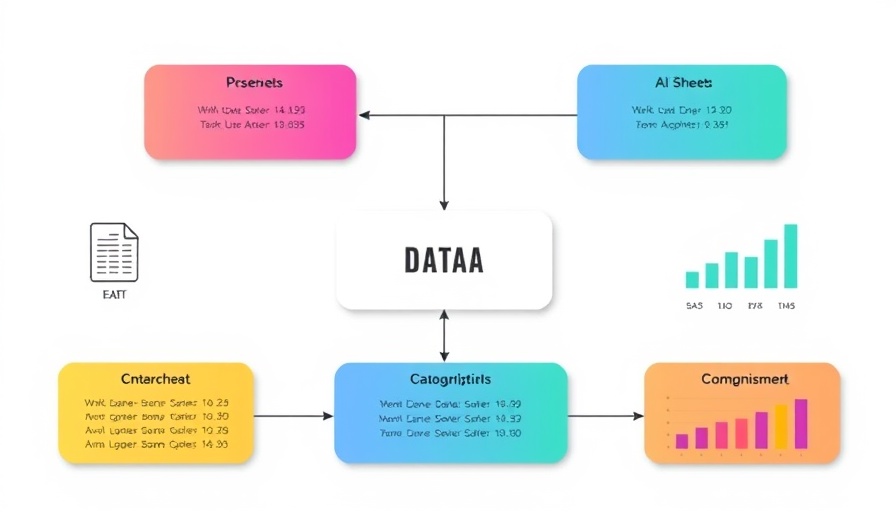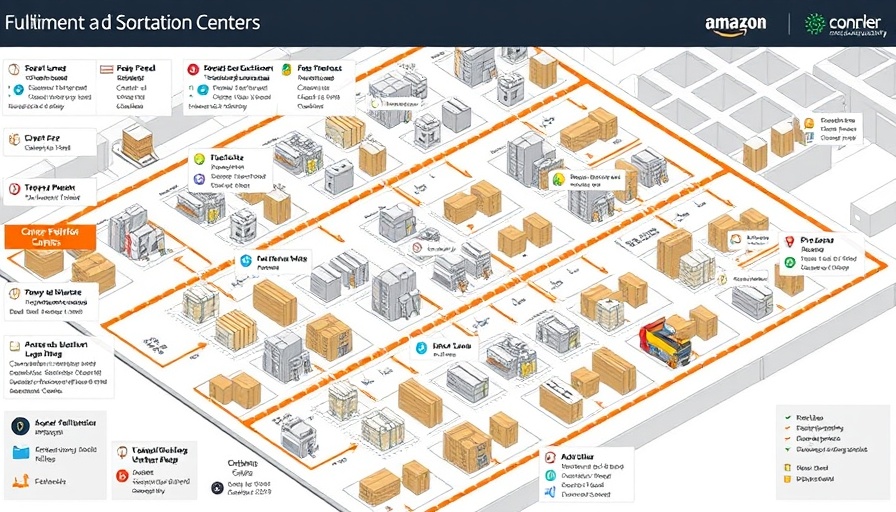
A Game Changer for Small and Medium Businesses: Introducing AI Sheets
Hugging Face has taken a giant leap in making artificial intelligence accessible to small and medium-sized businesses (SMBs) with the unveiling of AI Sheets, a free, open-source no-code toolkit for effortlessly handling datasets powered by Large Language Models (LLMs). The beauty of AI Sheets lies in its intuitive spreadsheet-like interface that allows users to enrich and manage data without complicated coding, democratizing AI for everyone.
Simplifying Data Management with AI Sheets
Many businesses struggle with data management due to the steep learning curve associated with advanced tools and technologies. AI Sheets is here to change that narrative by simplifying the process. Users can directly interact with the tool through a familiar spreadsheet format, entering natural language prompts that enable AI models to generate or refine data automatically.
For instance, imagine your marketing team needing to analyze customer sentiment from feedback data. Using AI Sheets, they can simply input a prompt, and the AI does the heavy lifting, providing insights that would otherwise take hours of manual analysis.
Key Features That Empower Users
What sets AI Sheets apart from traditional spreadsheet applications is its robust feature set:
- No-Code Workflow: The no-code interface means any team member, regardless of technical background, can access the power of AI.
- Model Integration: Users can connect to thousands of models available on Hugging Face Hub or deploy their own models locally for tailored data solutions.
- Data Privacy: Working locally ensures sensitive data stays secure and compliant, a crucial factor for many SMBs.
This array of features opens the door for businesses to experiment and innovate without the usual resource constraints linked to tech adoption.
Real-World Applications of AI Sheets
AI Sheets is not just a product; it’s a toolkit boasting versatile applications. Here are a few powerful ways SMBs can leverage this groundbreaking tool:
- Sentiment Analysis: Quickly understand customer opinions and sentiments by processing feedback data with ease.
- Data Classification: Sort and categorize vast datasets efficiently, making it easier to derive actionable insights.
- Batch Processing: Manage sizeable datasets for trend analysis or market research, reducing the time from days to mere hours.
By harnessing these functions, businesses can not only save time but also gain insights that lead to more informed decision-making.
The Future of AI in Business
The introduction of AI Sheets highlights a significant shift towards making AI technologies more accessible to businesses of all sizes. It signals a move where data-driven insights become an everyday practice rather than a luxury reserved for tech giants. As more SMBs adopt tools like AI Sheets, we can expect to see innovation across various sectors, from retail to healthcare.
The potential for customization and collaboration fostered by AI Sheets could inspire new products and services that cater to specific market needs, ultimately driving growth and competitive advantage.
How to Get Started with AI Sheets
If you’re excited to dive into the world of AI Sheets, getting started is seamless. Simply head over to the Hugging Face website where you can access the tool for free. The local model support ensures you can set it up according to your infrastructure preferences, allowing for a quick assimilation into your business.
As you start, consider experimenting with different models and prompts, fostering a culture of innovation within your teams. Training sessions and workshops can expedite this process, enabling your entire workforce to embrace data-driven approaches confidently.
Why Embrace AI Sheets Today?
Investing in AI Sheets isn’t just about adopting a new tool. It represents a strategic shift toward leveraging artificial intelligence in unprecedented ways. With the ability to streamline workflows, uncover insights, and safeguard data privacy all in a no-code environment, the potential for small and medium businesses is immense.
Don’t miss out on the opportunity to elevate your data processes and transform how your team approaches data management. Explore AI Sheets today and unlock the power of AI with ease!
 Add Row
Add Row  Add
Add 



Write A Comment